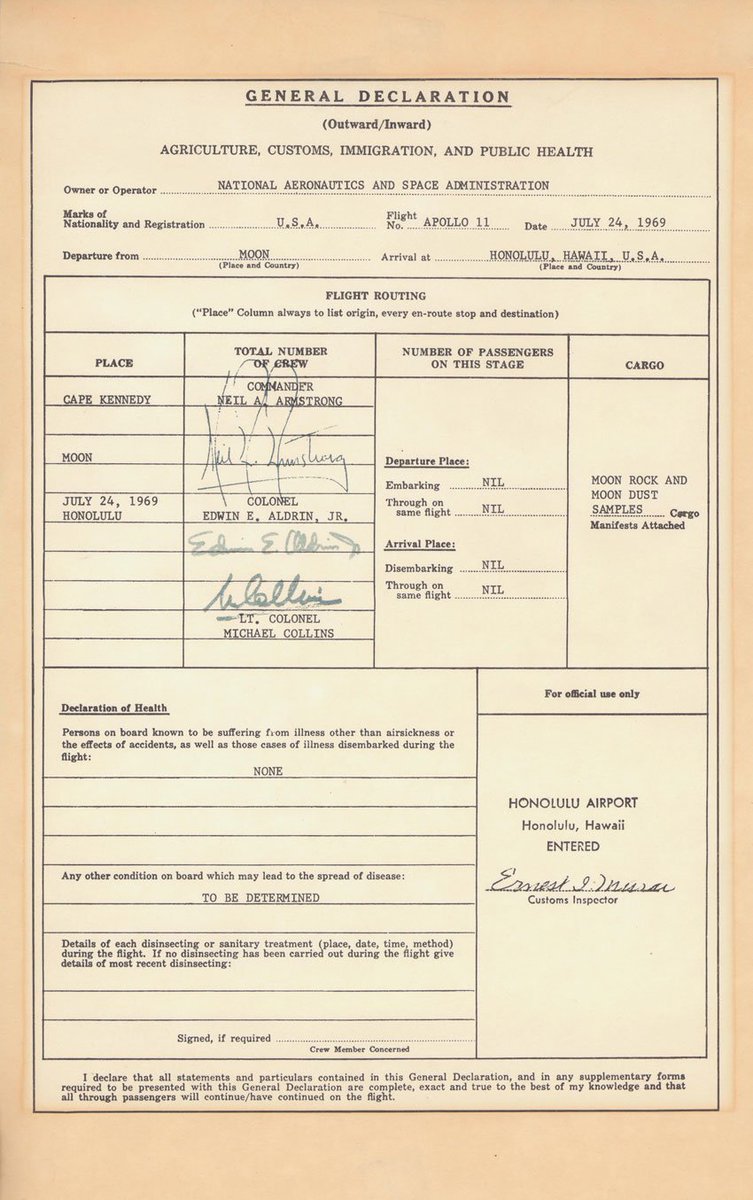While no longer a household name, the trailblazing journalist Nellie Bly (1864–1922) is definitely an enduring American icon.
Her likeness has graced a postage stamp and a finger puppet.
Her life has been the subject of numerous books and a made-for-TV movie.
Some hundred years after its completion, her record-breaking, 72-day round-the-world trip inspired an episode of The American Experience, a puzzle-cum-boardgame, and a rollicking song by history fans the Deedle Deedle Dees.
And now? Meet Nellie Bly, cartoon action hero. (Heroine? Hard to say which honorific the opinionated and forward-thinking Bly, born in 1864, would prefer…)
Filmmaker Penny Lane’s “Nellie Bly Makes the News,” above, is not the first to recognize this sort of potential in the pioneering journalist, whose 151st birthday was celebrated with an animated Google Doodle and accompanying song by Karen O, but Lane (no relation to Lois, the fictional reporter modeled on you-know-who) wisely lets Bly speak for herself.
Not only that, she brings her into the studio for a 21st-century interview, in which an eye-rolling Bly describes the resistance she encountered from the male elite, who felt it was not just unseemly but impossible that a young woman should pursue the sort of journalistic career she envisioned for herself.
She also touches on some of her most famous journalistic stunts, such as the undercover stints in a New York City “insane asylum”and box-making factory that led to exposés and eventually, social reform.
Biographer Brooke Kroeger and brief glimpses of archival materials touch on some of the other highlights in Bly’s audacious, self-directed career.
The cartoon Bly’s hairdo and attire are period appropriate, but her vocal inflections, courtesy of broadcast reporter and voiceover artist Sammi Jo Francis, are closer in spirit to that of Broad City’s Ilana Glazer.
(Interesting to note, given Bly’s complaints about how prominently the one dress she took on her round the world trip featured in outside stories about that adventure, that dress is a preoccupation of The Appreciation of Booted Newswomen blog. Respectful as that site is, the focus there is definitely not on journalistic achievement.)
Related Content:
74 Essential Books for Your Personal Library: A List Curated by Female Creatives
New Web Project Immortalizes the Overlooked Women Who Helped Create Rock and Roll in the 1950s
Ayun Halliday is an author, illustrator, theater maker and Chief Primatologist of the East Village Inkyzine. Join her in NYC on Monday, September 9 for another season of her book-based variety show, Necromancers of the Public Domain. Follow her @AyunHalliday.



















